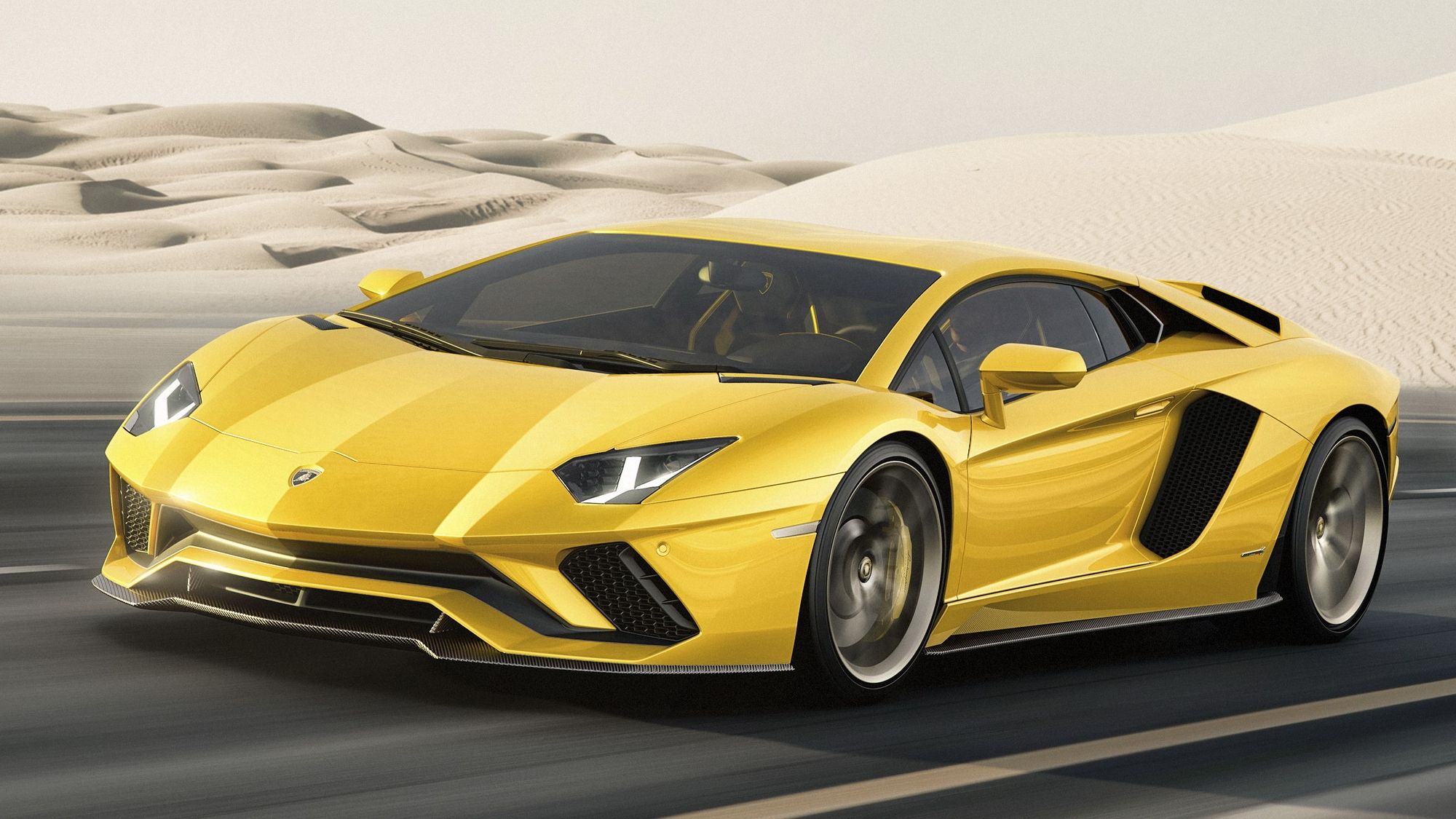It’s official. Lamborghini will replace the Aventador and Huracan supercars with plug-in hybrid successors. The two models are scheduled to arrive sometime in 2020 and 2022, respectively. That should be enough time for Lambo purists and old-school fans alike to come to grips with the future direction of the Italian automaker. Don’t feel too bad, though, because naturally aspirated V-10s and V-12s will remain part of Lamborghini’s powertrain equation. They’ll just get some form of hybrid assistance to help Lamborghini cut back on its emissions output.
Some of you may not want to hear this, but lowering emissions has become so much of a priority among automakers. That extends from the smallest of builders to the most recognized brands in the world. Lamborghini is not an exception. Fortunately, just because it plans to go the plug-in hybrid route, it doesn’t mean that it’s turning its back completely on its iconic engines. Maurizio Reggiani, Lamborghini’s chief technical officer, is making sure that doesn’t happen.
“As long as I’m technical director, our super sports cars will not have a turbocharged engine,” Reggiani told Top Gear. “It’s about emotion. If you don’t have emotion, then you have nothing.”
Reggiani added that, for at least another generation, Lambo’s naturally aspirated V-10 and V-12 engines will still be around. They’ll just come with some form of hybrid assistance and a small electric-only range to help reduce the engine’s average emissions. It’s not an ideal setup for those who believe Lamborghinis to be sacred ground, but it’s better than other potential alternatives that Lambo could be forced to adopt if regulations were stricter.
“Yes, this will be a silent Lamborghini, but push the accelerator, and the engine will come,” Reggiani said. “Silence will only last for some seconds then comes the sound.”
To this point, we don’t know what form of hybrid assistance these future Lambos will have. We can assume, though, that Lamborghini will use some form of technology that’s already being used by some of its sister brands under the Volkswagen umbrella. A possible candidate could be the 134-horsepower electric motor that the Porsche Panamera Turbo S e-hybrid is already using. Assuming that Lamborghini uses that on an Aventador successor with somewhere around 750 horsepower coming out of a V-12 unit, that model could have around 880 horsepower to play with. It’s the same thing with a Huracan successor. If that model gets 650 horsepower from a V-10 unit, the total output could reach 780 horsepower. All this is speculation, though, so don’t take my word for it.
The whole point is that Lamborghini is now open to whatever the future holds for the industry, a position it was reluctant to take as recently as a few years ago. It speaks to how important hybrid and electrification have become that Lamborghini’s also thinking about a future with a fully electric model in the fold. Lambo CEO Stefano Domenicali admitted that an all-electric Lamborghini might not be ready until 2026, but they’ll be ready for it when the time comes. “Hybrids are a step towards that,” he said.
References
Read our full review on the 2012 Lamborghini Aventador.
Read our full review on the 2015 - 2016 Lamborghini Huracán LP 610-4.
Read more Lamborghini news.

